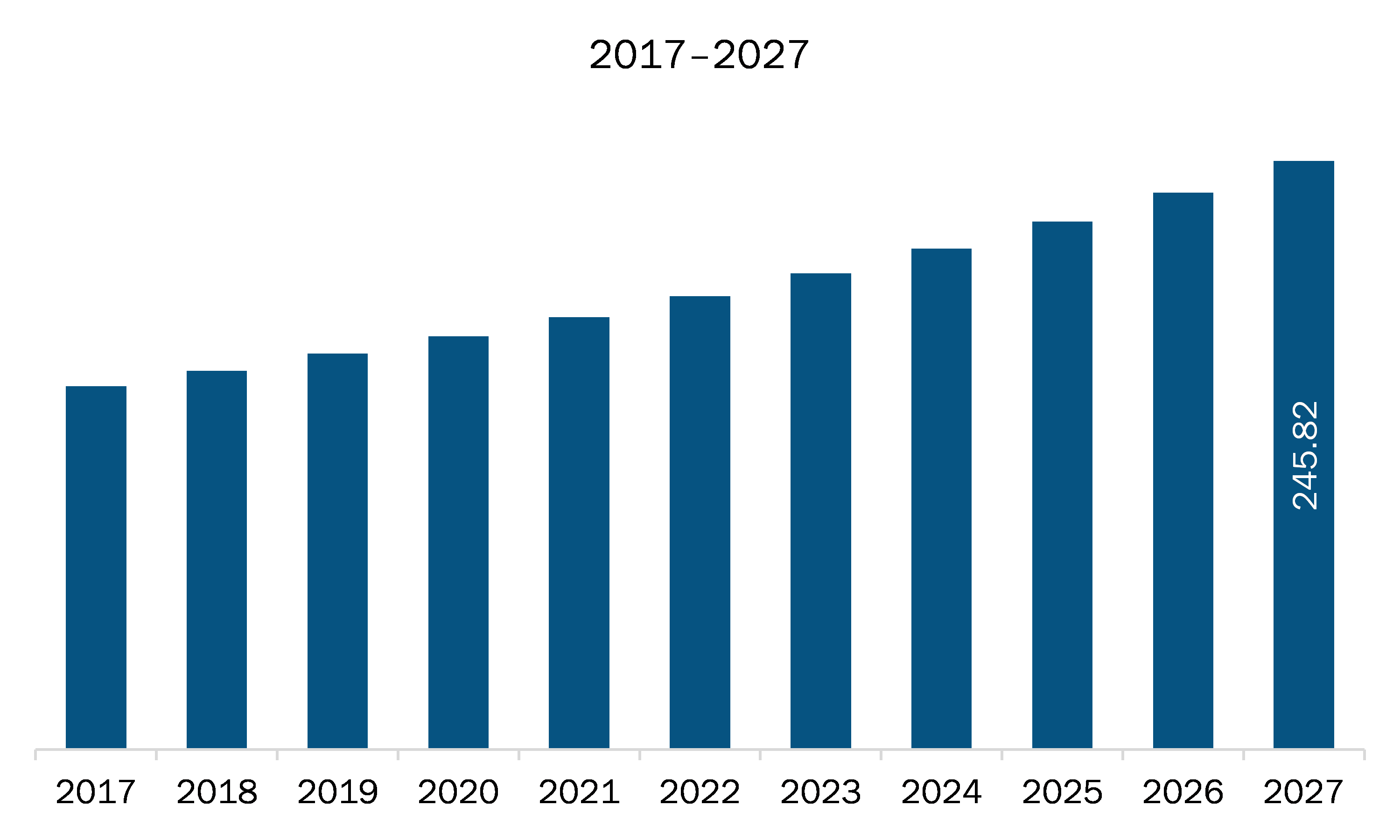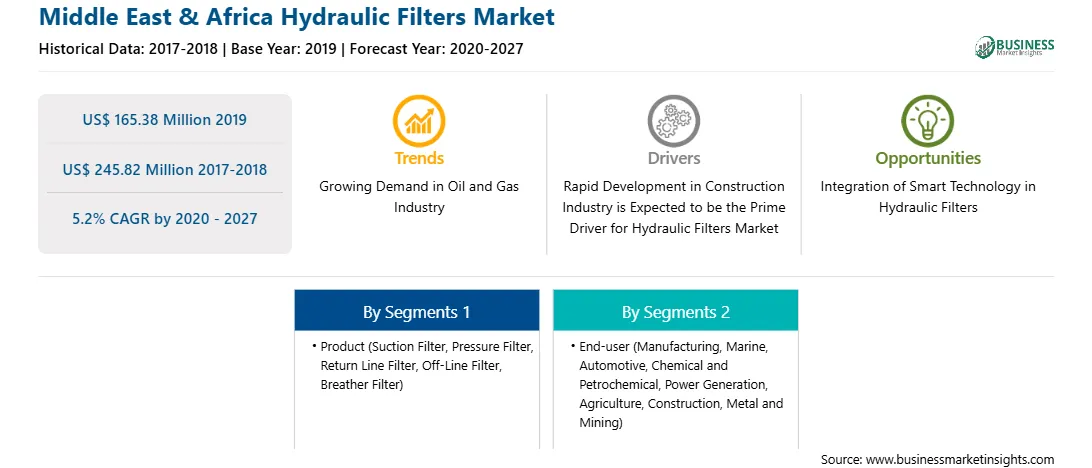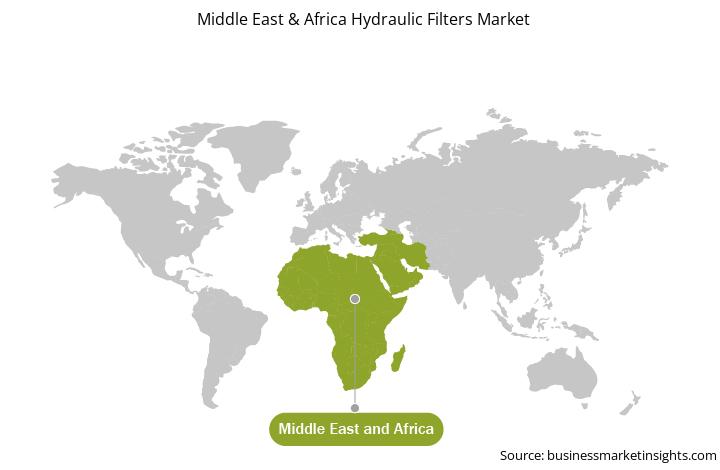The MEA region has abundant natural and human resources, and it contributes a substantial share to the world's oil & gas industry. The countries in this region vary substantially in living standards, natural resources, economic growth, population, technology landscape, and country size. Despite some hindering factors, such as increasing unemployment rate and uncertain oil prices, countries, such as the UAE, Saudi Arabia, and South Africa, are at the forefront of adopting various electronic equipment, such as hydraulic filters. Moreover, the rising number of smart city projects in Saudi Arabia, South Africa, and Dubai is considered the key driver for the hydraulic filters market growth across the MEA region over the next five to seven years. Also, the MEA region is attracting a lot of foreign investments in its infrastructure and construction sector. Moreover, Africa faces a housing crisis attributed to the rapidly growing population and the increasing migration of people to urban areas. Due to the continually increasing population of the region, there would be an increase in housing and other necessary infrastructure. Thus, the Availability of superior products for high filtering capacity is expected to create a significant demand for hydraulic filters in the coming years, which is further anticipated to drive the hydraulic filters market in MEA.
Also, the ongoing COVID-19 is having terrible effect on MEA economy. In the MEA region, Iran, Saudi Arabia, Qatar, South Africa, and UAE are some of the countries with high number of COVID-19 confirmed cases and deaths. The economic and industrial growth of these countries has been affected negatively in the past few months. The region comprises many growing economies such as UAE, among others, which are prospective markets for hydraulic filters providers, owing to the huge presence of diverse customer base as well as infrastructural development to build smart cities. The majority of the business in these countries have come to a halt and is expected to continue slower than usual pace. The countries are taking significant containment measures to reduce the number of infected patients. COVID-19 pandemic outbreak has severely affected the automotive industry and has resulted in the shutting down of various automotive manufacturing facilities in the MEA. Thus, leading to reduction in demand for hydraulic filters. Additionally, the adverse effect on the tourism and hospitality industry has affected the sales of new cars in the region. Therefore, the COVID-19 pandemic outbreak has suppressed the hydraulic filters market in the MEA region.

Strategic insights for the Middle East & Africa Hydraulic Filters provides data-driven analysis of the industry landscape, including current trends, key players, and regional nuances. These insights offer actionable recommendations, enabling readers to differentiate themselves from competitors by identifying untapped segments or developing unique value propositions. Leveraging data analytics, these insights help industry players anticipate the market shifts, whether investors, manufacturers, or other stakeholders. A future-oriented perspective is essential, helping stakeholders anticipate market shifts and position themselves for long-term success in this dynamic region. Ultimately, effective strategic insights empower readers to make informed decisions that drive profitability and achieve their business objectives within the market.

| Report Attribute | Details |
|---|---|
| Market size in 2019 | US$ 165.38 Million |
| Market Size by 2027 | US$ 245.82 Million |
| CAGR (2020 - 2027) | 5.2% |
| Historical Data | 2017-2018 |
| Forecast period | 2020-2027 |
| Segments Covered |
By Product
|
| Regions and Countries Covered | Middle East and Africa
|
| Market leaders and key company profiles |
|
The geographic scope of the Middle East & Africa Hydraulic Filters refers to the specific areas in which a business operates and competes. Understanding local distinctions, such as diverse consumer preferences (e.g., demand for specific plug types or battery backup durations), varying economic conditions, and regulatory environments, is crucial for tailoring strategies to specific markets. Businesses can expand their reach by identifying underserved areas or adapting their offerings to meet local demands. A clear market focus allows for more effective resource allocation, targeted marketing campaigns, and better positioning against local competitors, ultimately driving growth in those targeted areas.

The hydraulic filters market in MEA is expected to grow from US$ 165.38 million in 2019 to US$ 245.82 million by 2027; it is estimated to grow at a CAGR of 5.2% from 2020 to 2027. Digitization has increased the efficiency of existing machines and is expected to boost the demand for hydraulic filters, in MEA hydraulic filters market in 2019 because of reliable and high quality offerings. The emergence of new market players from the MEA is a new challenge for established leaders in the market. The idea of digital machinery has transformed manufacturers from 'hardware-only' providers into 'providers of' hardware, software, and services, which in turn has led to the development of new business models. These new models are used by hydraulic filter manufacturers to generate a steady stream of revenues and build a loyal client base. Digitization has paved the way for manufacturers of hydraulic filters to introduce new business models based on equipment utilization or performance. Also, integrating digital electronics with hydraulic systems provides one of the best solutions in modern control architectures in terms of high power density and hydraulic system flexibility. Moreover, with just few modifications, such electro-hydraulic components can be easily integrated with conventional systems. Similarly, hydraulic hose failure or connector leakage of hydraulic systems can be predicted using IoT technology. Thus, growing digitization is one of the major factors driving the growth of MEA hydraulic filters market during the forecast period.
In terms of product, the return line filter segment accounted for the largest share of the MEA hydraulic filters market in 2019. In terms of end-user, the chemical and petrochemical segment held a larger market share of the MEA hydraulic filters market in 2019.
A few major primary and secondary sources referred to for preparing this report on the hydraulic filters market in MEA are company websites, annual reports, financial reports, national government documents, and statistical database, among others. Major companies listed in the report are Donaldson Company, Inc.; Eaton Corporation Plc.; Filtration Group Industrial; HYDAC Technology Ltd.; MANN+HUMMEL Group; MP Filtri S.p.A.; Pall Corporation; Parker-Hannifin Corporation; YAMASHIN-FILTER CORP.
The Middle East & Africa Hydraulic Filters Market is valued at US$ 165.38 Million in 2019, it is projected to reach US$ 245.82 Million by 2027.
As per our report Middle East & Africa Hydraulic Filters Market, the market size is valued at US$ 165.38 Million in 2019, projecting it to reach US$ 245.82 Million by 2027. This translates to a CAGR of approximately 5.2% during the forecast period.
The Middle East & Africa Hydraulic Filters Market report typically cover these key segments-
The historic period, base year, and forecast period can vary slightly depending on the specific market research report. However, for the Middle East & Africa Hydraulic Filters Market report:
The Middle East & Africa Hydraulic Filters Market is populated by several key players, each contributing to its growth and innovation. Some of the major players include:
The Middle East & Africa Hydraulic Filters Market report is valuable for diverse stakeholders, including:
Essentially, anyone involved in or considering involvement in the Middle East & Africa Hydraulic Filters Market value chain can benefit from the information contained in a comprehensive market report.